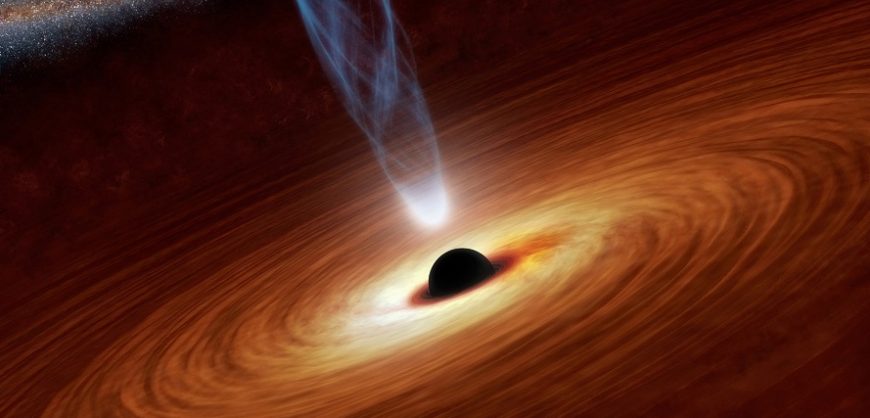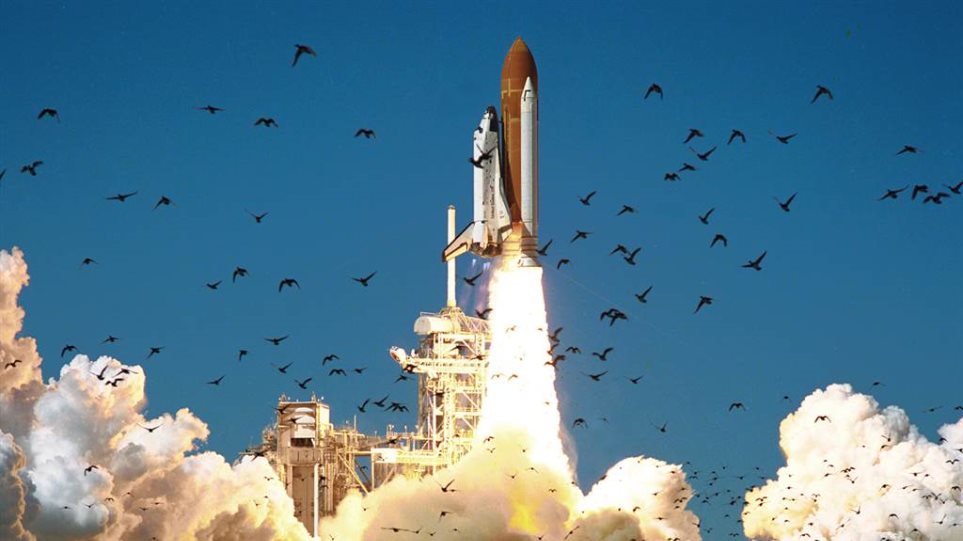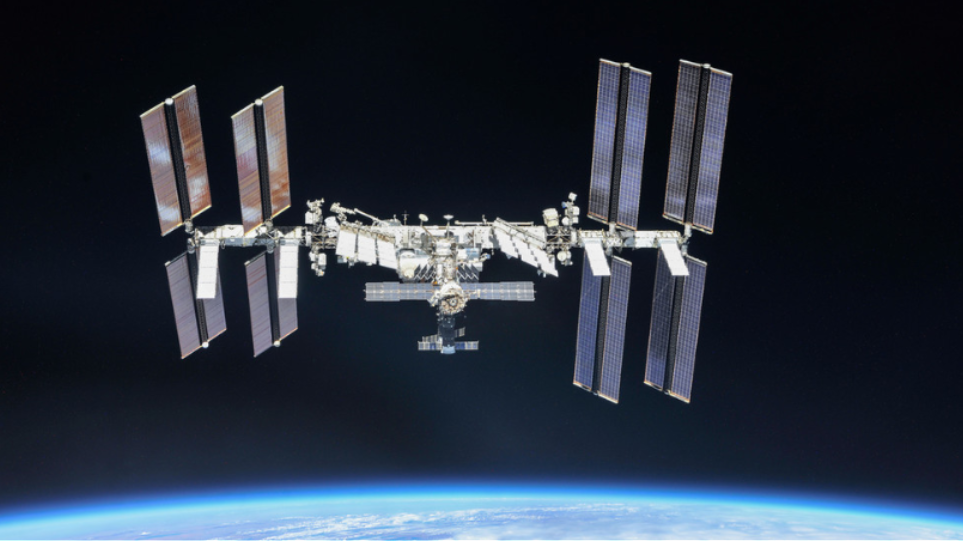Astrophysicists have spotted the strangest gravitational-wave signal yet, an observation that could force scientists to rewrite what they know about the cosmos.
Gravitational waves form when massive objects distort spacetime surrounding them and send ripples out across the universe. Scientists caught the first-ever detection of such waves, formed by two colliding black holes, in 2015.
also read
How Long Does Apple Support Older iPhone Models? (infographic)
Six shocking videos show the horror of the huge earthquake in Mexico
Since then, gravitational wave detections have only gotten stranger — and scientists have only gotten more excited. Now, a group of researchers has announced the first detection of a gravitational-wave signal created by a collision involving an object larger than the largest known neutron star but smaller than the smallest known black hole. Although the detection is too complicated for scientists to ever hope to pin down precisely what happened, the signal raises hopes for more strange observations to come. This detection could even herald a new understanding of how massive stellar explosions called supernovas happen.
more at space.com








































